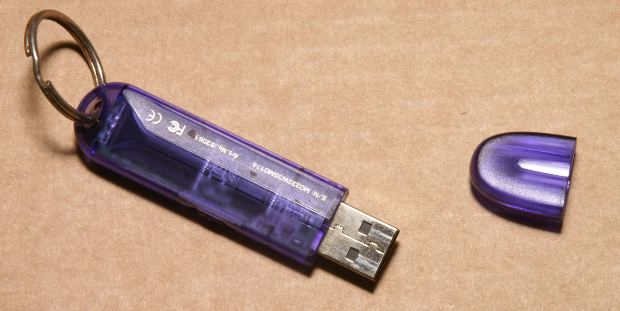The technology of flash memory is used in various USB drives and memory cards, with a pre-programmed memory ability that can be erased whenever it is required. A flash memory is used for the transfer of various files from one device to another, for example, a camera to a computer. It has become popular because of its compactness and huge storage capacity.
Nature of flash memory
Flash memory is non-volatile in nature and there is no requirement of any external source of power for the saving of information and data. You can use this memory for your phones, camcorders, digital cameras, computers, laptops and more. Its durability is a plus point. Irrespective of the temperature and extreme pressure, it works easily. It does not get damaged or destroyed at a drop or a crush. It’s a hard cookie to crumble!
 How does it work?
How does it work?
Flash memory is nothing but a form of chip called EEPROM or Electronically Erasable Programmable Read Only Memory, which contains grid of rows and columns within a cell, possession 2 transistors at each of its intersections. A thin layer of oxide separates these 2 transistors from each other. One is called the floating gate and the other is called the control gate. The link of the floating gate, which is the word line, is via the control gate. The value of a cell remains one, as long as; the link is maintained in its place. To transform the value into nil, a process known as, the Fowler Nordheim tunneling is required.
Types of flash memory:
Some of the flash memory types are:
1. Compact Flash present in most of the digital cameras
2. BIOS chip present in the computer
3. Smart Media, also present in most of digital cameras
4. Memory cards of the various gaming consoles
5. Type 1 and 2 of the PCMCIA memory cards, used in laptops’ disks
